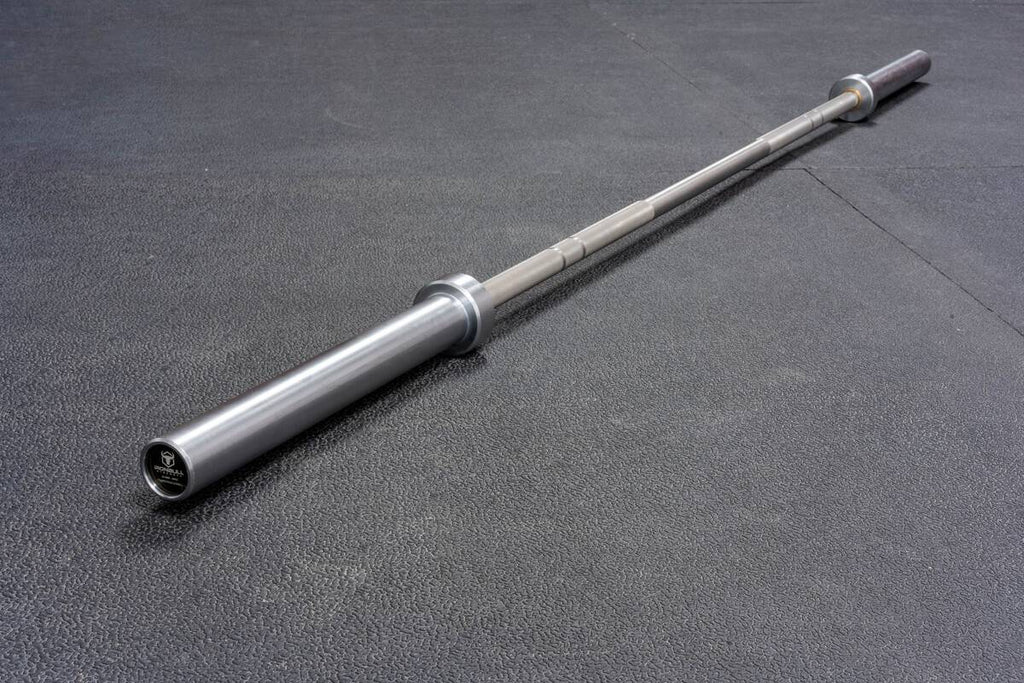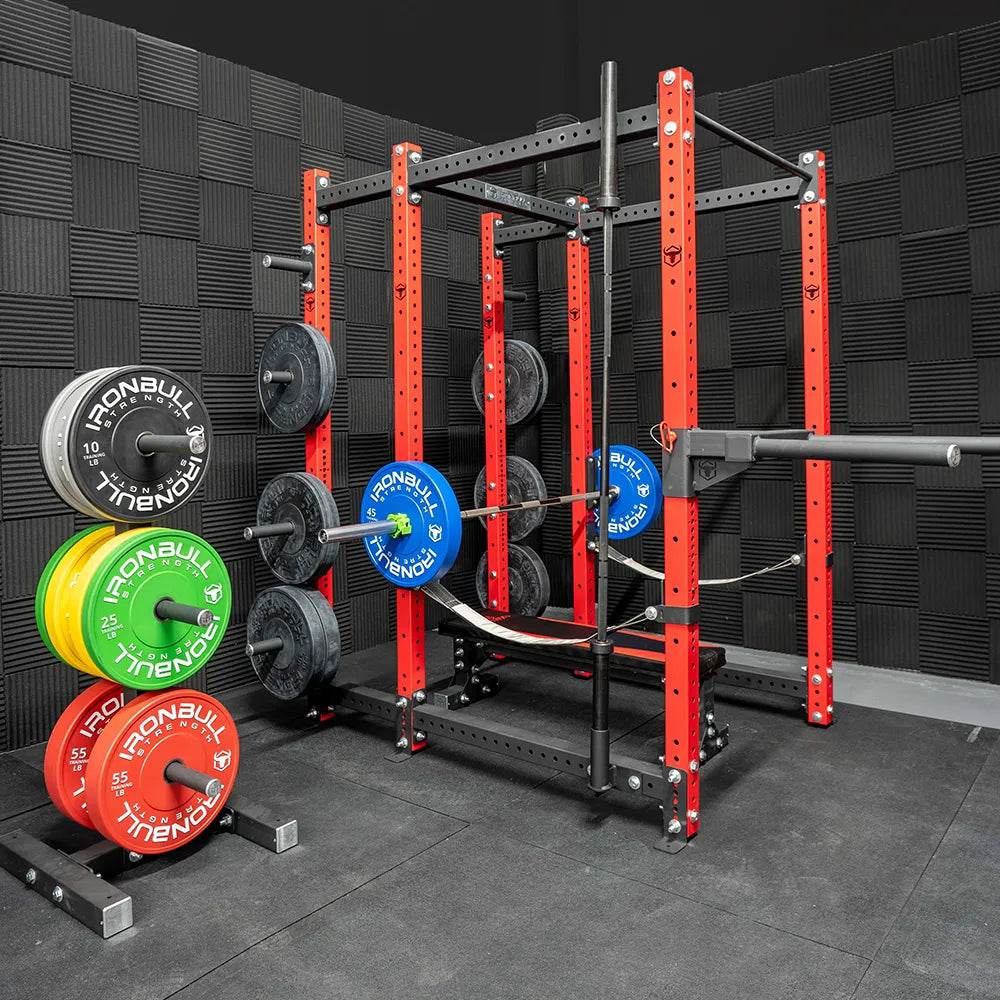How to Use a Squat Rack Properly


Imagine you're at the gym, ready to obliterate your leg day workout. You approach the weights, feeling a mix of excitement and intimidation.
You've seen others use it before but are unsure if you're doing it right.
Well, it's time to put those concerns to rest
We'll show you how to use a squat rack properly so you can maximize your gains and minimize your risk of injury.
Front squat rack position
Before you even think about stepping into position, it's important to set it up correctly. Start by adjusting the J hooks, those metal hooks that hold the barbell, to the appropriate height.
You want the bar to be just below shoulder level when you're standing inside the rack. This will allow you to unrack and rack the bar with ease.
Next, position yourself in the center of the rack, facing forward. Make sure your feet are shoulder-width apart and your toes are pointing slightly outward.
Ensuring they are set at the right height provides peace of mind, allowing you to focus on your form and lift with confidence.
This stance will provide you with a stable base as you perform the squat.
Squat rack safety bar
Now that you're all set up let's talk about safety.
One of the most important safety measures when using a squat rack is always to use safety bars or spotter arms.
Adjusting the arms to the right height is important for your safety.
These arms act as a fail-safe, catching the barbell if you can't complete a lift, preventing it from dropping onto you.
Another safety tip is to start with a weight that you can comfortably handle. It's better to gradually increase the load over time than to start with too much weight and risk injury.
Also, a quick warmup is crucial for your lower body, and stretching out your arms and shoulders with resistance bands to help prevent any overstrain.
Do not forget your barbell collars! They prevent the plates from sliding off the bar during your squat, reducing the risk of injury.
Remember, it's not a competition.
Focus on perfecting your form and gradually increasing the weight as you get stronger.
Mastering the Squat Rack Form
Now that you've got the basics down, it's time to focus on your form. A proper squat form is important for maximizing the benefits of this exercise and avoiding injury.
As you unrack the bar, make sure to engage your core and keep your chest up. This will help you maintain a neutral spine throughout the movement.
Take a step back and position yourself with your feet shoulder-width apart, as mentioned earlier.
To perform the squat, start by initiating the movement with your hips. Push your hips back and down, as if you're sitting back into a chair.
Keep your weight on your heels and your knees tracking in line with your toes. Descend until your thighs are parallel to the ground, or slightly below if you have the flexibility.
Now, here's a pro tip: imagine you're sitting on a toilet seat and trying to avoid touching it with your butt. This mental image can help you maintain the proper depth and form during the squat.
If flexibility is not your strong suit, grab a pair of squat wedges to help you achieve more depth in your squats.
Benefits of Squat Rack Squats
So, why should you bother with squats? Well, besides the fact that they're a killer leg exercise, they also offer a range of benefits for your entire body.
Squats engage not only your quadriceps but also your hamstrings, glutes, and even your core muscles.
By incorporating squats into your workout routine, you'll not only build strength and muscle in your lower body but also improve your overall stability and balance.
Plus, squats are a compound movement, meaning they work multiple muscle groups at once, making them a time-efficient exercise for those busy days at the gym.
Now that you've mastered the basics, it's time to push your limits. As you become more comfortable with the movement, gradually increase the weight on the bar.
If the weight becomes a hindrance, consider getting one of the new advanced barbell pads to make your workouts more comfortable and effective.
This progressive overload will challenge your muscles and help you build strength and size over time.
Using color-coded bumper plates can also ease up the counting game, making it simpler to manage and adjust your weights.
Remember, though, that pushing your limits doesn't mean sacrificing proper form. Always prioritize maintaining good technique over lifting heavier weights.
Equipping yourself with some knee support and a weightlifting belt can be a great way to enhance stability and protect your joints, ensuring you can safely push your boundaries and make consistent progress.
Quality over quantity.
A Final Thought
Using a squat rack properly is not only about the physical aspects of the exercise but also about the mental aspect.
It's about challenging yourself, pushing through the discomfort, and reaping the rewards of your hard work.
So, the next time, remember these tips: set up correctly, prioritize safety, perfect your form, embrace the benefits, and push your limits.
With these principles in mind, you'll be squatting smarter and reaping the benefits in no time.










